Many vehicles today use disc brakes up front and drum brakes in the rear. Drum brakes use brake drums that rotate with the wheels they are mounted on. Stepping on the brake pedal pushes brake shoes out toward the inside of the drums, generating the stopping force that slows down and eventually stops the car. Brake drums and their related components tend to wear out over time, but how long do they actually last?
How Long Do Drum Brakes Last and When Should They Be Replaced?
Drum brakes are designed to be operable for around 150,000 to 200,000 miles, while the shoes are meant to last for 30,000 to 40,000 miles. These values, however, are rated for regular driving conditions, and various factors could affect the longevity of the brake drums.
Since drum brakes are usually on the rear, they don’t do as much stopping as the front, and aren’t quite as wear prone anyway. However, drum brakes can and do pick up and trap lots of material if the vehicle is driven in muddy places with lots of gravel.
The friction from braking wears out the drum brake pads or friction lining as well as the drum itself. Other components of the drum brake could also become worn or damaged over time, such as the wheel cylinders developing leaks.
It could be dangerous when the drum brakes become worn to the point where they can no longer produce the needed force to stop the vehicle. When this occurs, it is best to have the degraded parts or the entire assembly replaced.

When the brake drum has become too thin, the shoes and lining would not be able to make contact with the drum walls and produce the required friction. As the distance between the brake shoes and drums increases, the brake pedal may also need to travel further and be harder to use. This space may also cause the pistons in the wheel cylinder to overextend and result in leaks and breakage.
The brake drums also need to absorb and dissipate heat, which is harder to when it becomes too thin. Additionally, worn-out brake drums could disintegrate.
When replacing the worn or damaged brake parts, the hardware should ideally be replaced as well. This ensures that the newly installed braking system will work as it should.

What are Drum Brakes?
Drum brakes are named for their structure, which is a hollow cylinder that houses most of the unit’s parts. Although practically all modern vehicles have front disc brakes, some still use drum brakes in the rear.
Basic Parts of a Drum Brake:
Backing Plate
Usually a thick steel disk, the backing plate serves as a mount for the actuating components of the drum brake, support for the brake drum, and shield for the assembly. It is typically mounted on the axle or wheel spindle and remains stationary as the vehicle runs.
Check out these videos for tips on how to replace your brake backing plate:
Brake Shoes
Drum brakes are equipped with a pair of shoes. These are also made of metal, such as steel, like the backing plate. They feature a crescent-shaped plate called the web and a curved panel called the lining table, which holds and supports the friction materials. These two metal pieces are welded together perpendicularly. When the brake shoes are mounted, the web is positioned parallel to the backing plate while the lining table faces towards the sides of the brake drum.
Wheel Cylinder
The small tube in the drum brake that is connected to the hydraulic hose is called the wheel cylinder. It has pistons on each end meant to actuate the two brake shoes. Since the wheel cylinder serves as a conduit for the brake fluid, it has to be liquid-tight. The pistons also feature rubber seals to prevent leaks.
Brake Drum
Although they look like simple ring pans, brake drums need to be made to certain specifications to ensure the braking system works properly. These should ideally be made of metal that can diffuse heat and is resistant to wear to sustain the forces they are required to generate for braking. The inside of the drum is also machined to a certain diameter that the shoes could easily grip.
The other components of the brake drums that are essential to its operation include the friction linings, return springs, and anchor.
Where to Get High-Quality Drum Brake Parts for Your Vehicle
If your drum brake has faulty parts, don’t put off replacing them to prevent braking problems that can make driving dangerous. Whether you need a new backing plate, brake shoes, or any of the other components mentioned above, we have you covered here at CarParts.com.
Our website makes it easy for car owners like you to find the right parts for your ride. Use our vehicle selector to view the drum brake parts that fit your daily driver. Then, adjust our search filters to check out the ones that match your preferred brand, price, and feature.
We have several strategically located warehouses with on-hand and ready-to-ship drum brake parts. Place your order today, and we’ll have it delivered to your doorstep in as fast as two business days.
Take advantage of our unbeatable prices. Check out our catalog and shop for drum brake parts today!
Products Mentioned in this Guide
Any information provided on this Website is for informational purposes only and is not intended to replace consultation with a professional mechanic. The accuracy and timeliness of the information may change from the time of publication.


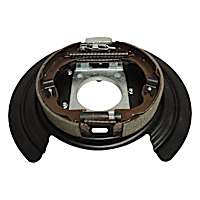 Brake Backing Plate
Brake Backing Plate
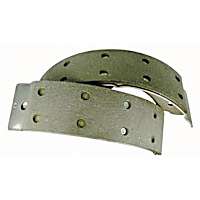 Brake Shoe Set
Brake Shoe Set
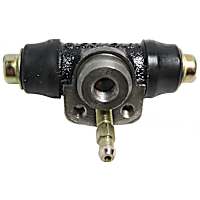 Wheel Cylinder
Wheel Cylinder
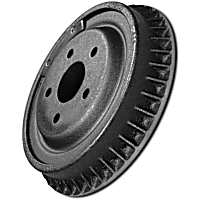 Brake Drum
Brake Drum
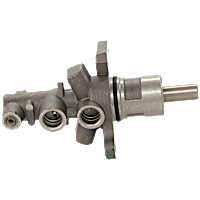 Brake Master Cylinder
Brake Master Cylinder
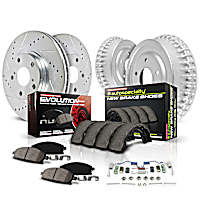 Brake Disc And Drum Kit
Brake Disc And Drum Kit




























